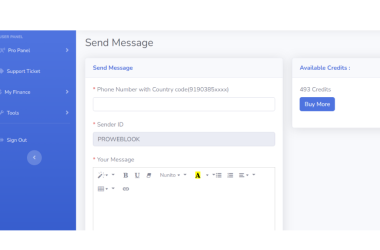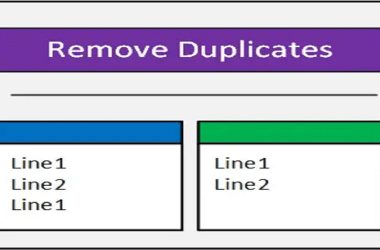Introduction.
Base 64 Encoding: In the realm of computer science and data transmission, various encoding techniques play crucial roles in ensuring the integrity and security of data. One such encoding method that stands out for its simplicity and versatility is Base64 Conversion. Widely used in a plethora of applications ranging from email attachments to data transmission over the internet, Base64 Conversion provides a reliable means of representing binary data in ASCII format. In this comprehensive guide, we delve into the intricacies of Base64 Conversion, exploring its principles, applications, and implementation.
What is Base64 Encoding?
At its core, Base64 Conversion is a method of transforming binary data into a text format that is ASCII-compatible. Unlike traditional binary-to-text encoding schemes such as hexadecimal, which uses 16 symbols (0-9 and A-F), Base64 employs a set of 64 characters, hence the name. This character set comprises uppercase and lowercase letters, digits, and two additional symbols, typically ‘+’ and ‘/’, actively used for encoding and decoding purposes.
Principles of Base64 Encoding.
The fundamental principle behind Base64 Conversion lies in converting groups of three bytes (24 bits) from the input binary data into four ASCII characters. To achieve this, we divide the binary data into 6-bit chunks and map each chunk to its corresponding Base64 character. We utilize the padding mechanism to handle cases where the input binary data is not a multiple of three bytes, achieved by adding ‘=’ characters to the end of the encoded output to signify the absence of data.
Applications of Base64 Encoding.
1. Data Transmission: Base64 Conversion is extensively used in scenarios where binary data needs to be transmitted over text-based protocols such as email or XML. By converting binary data into ASCII text, Base64 ensures that data remains intact during transmission, even when passing through systems that may not support binary data natively.
2. Data Storage: Base64 Conversion is utilized in data storage mechanisms to represent binary data in a human-readable format. For example, encoding images or multimedia files in Base64 allows direct embedding into HTML or CSS files, eliminating the need for separate file downloads.
3. Cryptography: Base64 encoding is sometimes employed in cryptographic systems for encoding cryptographic keys, digital signatures, or binary data that needs to be stored or transmitted securely. While Base64 Conversion itself does not provide encryption, it can be combined with encryption algorithms to encode the encrypted data in a format that is easily transferable and compatible with various systems.
Implementing Base64 Encoding.
1. Encoding Process:
To encode data using Base64, follow these steps:
– Divide the input binary data into chunks of three bytes.
– Convert each chunk into a 24-bit binary number.
– Split the 24-bit number into four 6-bit numbers.
– Map each 6-bit number to its corresponding Base64 character.
– Add padding if necessary.
2. Decoding Process:
Decoding Base64-encoded data involves reversing the encoding process:
– Convert each Base64 character back to its corresponding 6-bit binary number.
– Combine the four 6-bit numbers to form a 24-bit binary number.
– Split the 24-bit number into three bytes of data.
– Remove any padding added during encoding.
Base64 Encoding in Programming Languages.
Base64 encoding and decoding functionality are typically provided as built-in or library functions in most programming languages. For example:
– In Python, the `base64` module provides functions for encoding and decoding Base64 data.
– Java offers the `java.util.Base64` class for Base64 Conversion and decoding operations.
– JavaScript provides the `btoa()` and `atob()` functions for encoding and decoding Base64 data, respectively.
Conclusion.
Base64 encoding is a fundamental technique in the realm of data representation and transmission. Base64 encoding’s versatility facilitates data transmission, embedding, and system enhancement, empowering developers to boost integrity, security, and interoperability.
Kindly check our website Proweblook for more Web API tools. More resources can be found on our Github page, Social Channels are Twitter, Facebook & Youtube.








